Marijuana Victims: The Ripples of Cannabis Legalization in Colorado

“If you live in Colorado, it feels like somebody’s always smoking next to you,” said Mr Pierson, a resident of state. Colorado's become the testing ground for the legalization of recreational marijuana. The decision made by the state authorities continues to fuel debates both in the Centennial State and across the US, with physicians sounding the alarm with regard to the deleterious effects of drug legalization on public health. RT Documentary finds out what the supporters and opposers of legal marijuana have to say. Tune in to the premiere of Marijuana Victims: Colorado on Wednesday to learn more!

“He used marijuana starting at the age of 14, and battled for the next five years his addiction,” says Laura Stack, whose son suffered from cannabis addiction and died at the age of 19.
When Johnny Kenneth Stack turned 18, he was able to very easily get a medical card, and then he was able to legally purchase, possess and consume very high-THC products that led to psychosis. The psychosis that eventually caused his death.
Colorado was the first state to introduce a legal system of growing, processing, selling, and possessing marijuana. The state legislature permitted “medical” use of marijuana in 2009 and recreational use in 2014. After Colorado’s seeming success, other states followed the example and passed their versions of marijuana legalization laws. Since then, the supporters of the move didn’t miss a chance to claim that “the sky hasn’t fallen” neither in Colorado, nor in the other states.

However, the road may be much rockier than many think. It seems like resistance to legalisation has been gaining momentum amid the preponderance of the advocates’ enthusiastic accounts. It burst into the open this summer when the Colorado legislature passed a bill imposing strict limits on the state’s marijuana industry. The bill adopted by a strong bipartisan majority limits purchases of high-potency marijuana and requires warning labels and tighter medical prescriptions. It also urges the Colorado School of Public Health to study the effects of the drug on public health.
A thriving market?
Advocates of drug legalisation in Colorado maintain the primary goal of creating a regulated drug market that would push the criminal element out and end black market activities while simultaneously boosting the state’s tax revenues.
According to a report by the Colorado Division of Criminal Justice, as of June 2020, 2,709 licensed drug businesses operated in Colorado. In addition, the growing number of legal cannabis dispensaries made Colorado a popular tourist attraction. Since early 2010, it has enjoyed a tourist boom, with 25% of tourists visiting because of legal marijuana.
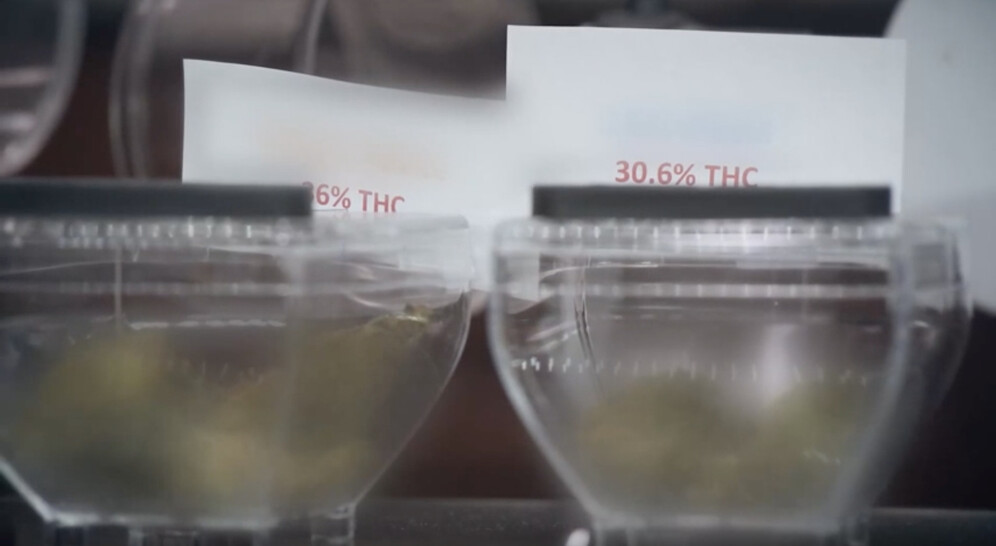
Tax revenue from the cannabis business rose from $67 million in 2014 to $387 million in 2020. The money is used to finance education, literacy programmes, healthcare, drug abuse prevention programmes, judicial affairs and other critical social programmes. For instance, the money spent on building and funding public schools increased 264%, from $33 million in 2015 to $120 million in 2020.
Meanwhile, the positive figures have been accompanied by persistent reports about taking down black market operations. For example, a report by the Rocky Mountain High-Intensity Drug Trafficking Area (HIDTA) says 278 black market operations were taken down in 2019. The cases involved the seizure of 7.5 tons of marijuana and over 15,000 edibles that were to be transported to 29 American states. The Denver Post reported the latest operation involved twenty-one individuals funnelling millions of dollars from the illegal marijuana trade to China.
The trend is particularly problematic, as young people often get involved in black market affairs.
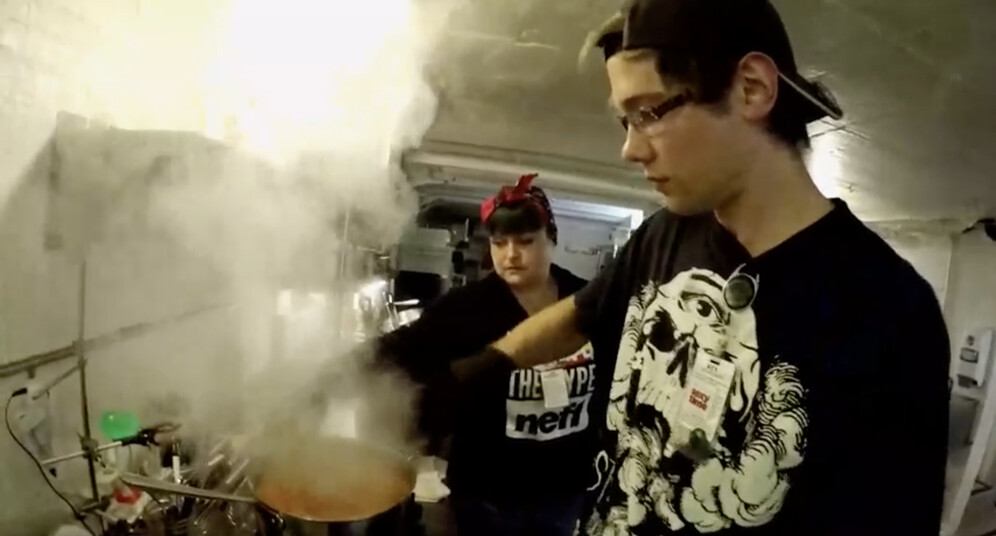
“You know one of the big hopes with legalisation was that the black market would disappear,” says Avani Dilger, founder of Natural Hights, a rehab for teenagers with drug addiction.
“And unfortunately, because any drug use is illegal for kids, including marijuana, including alcohol, any young person that is involved in drug use in my experience, is often also involved in the distribution, which of course puts kids at the high risk for legal involvement and things like that. So, we see that that has created a huge black market.”
Concerns for the young
Colorado ranked high for youth drug use even before legalisation and has remained high ever since. Marijuana use for the entire population aged twelve and older increased by 30%, securing Colorado’s third place in the national ranking. In this regard, the state’s result is 76% above the national average. In addition, weed use among college students is 50% higher than the average, with school-based survey results showing marijuana consumption by teenagers and young adults has significantly increased since the early 2010s.
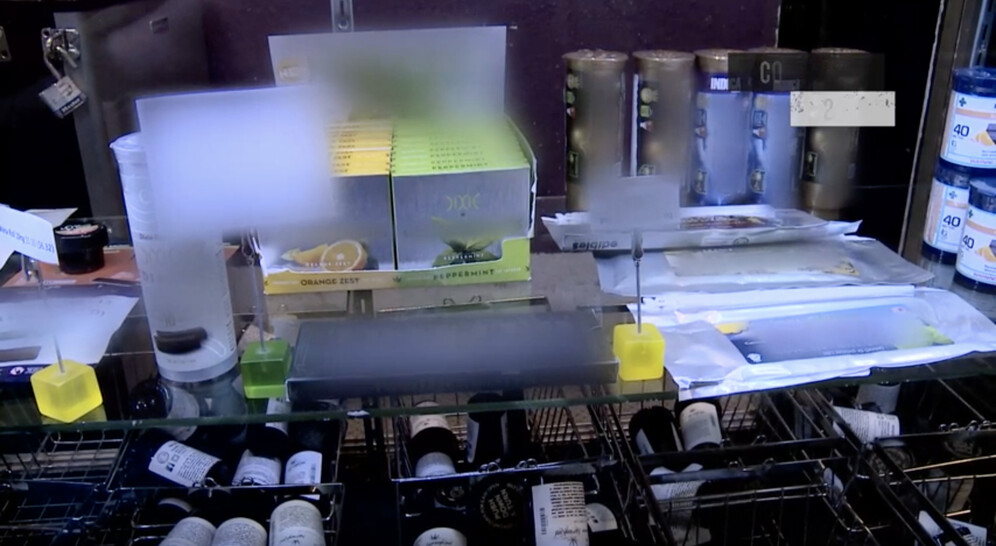
The drug’s rising popularity has stimulated new forms of marijuana consumption. For example, according to the Rocky Mountain HIDTA report, between 2016 and 2018, marijuana exposures involving “edibles” rose from 18 to 60%. Though seen as innocuous, the edibles can be as damaging as other drug forms.
The supporters of marijuana legalisation hope the policy will decrease the consumption of other drugs and alcohol. However, four years after the legalisation of recreational marijuana, Colorado remained the national leader for the rate of consumption of four key intoxicants: marijuana, opioids, cocaine, and alcohol. Moreover, data shows youth marijuana use may entail more significant risks of opioid misuse.
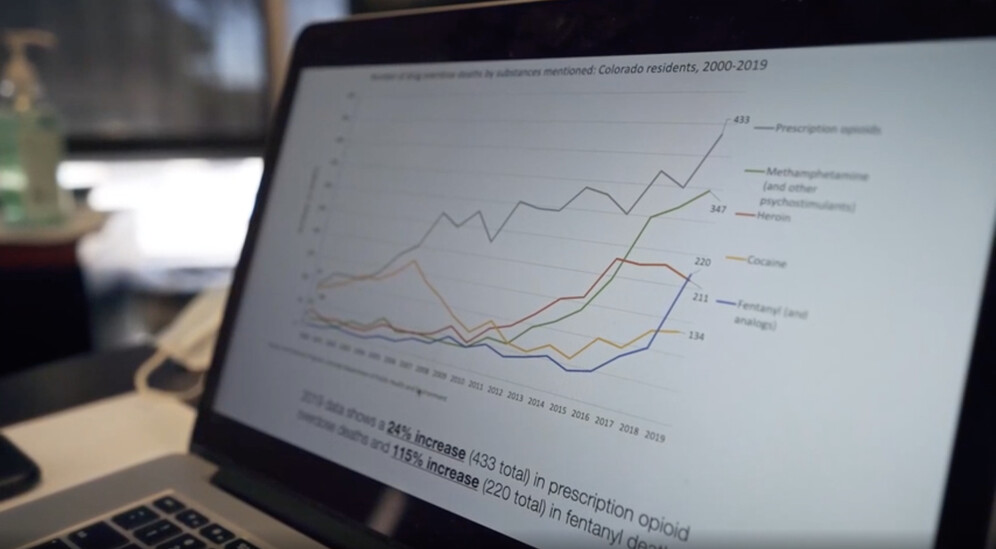
“And people would argue with me, but I cannot see the data that proves me wrong. Most of the data shows that there is a relationship between progression of what was considered a benign substance, like alcohol or marijuana, to harder drugs.”
The trend looks particularly worrisome, as the young are the most vulnerable group regarding drug use.
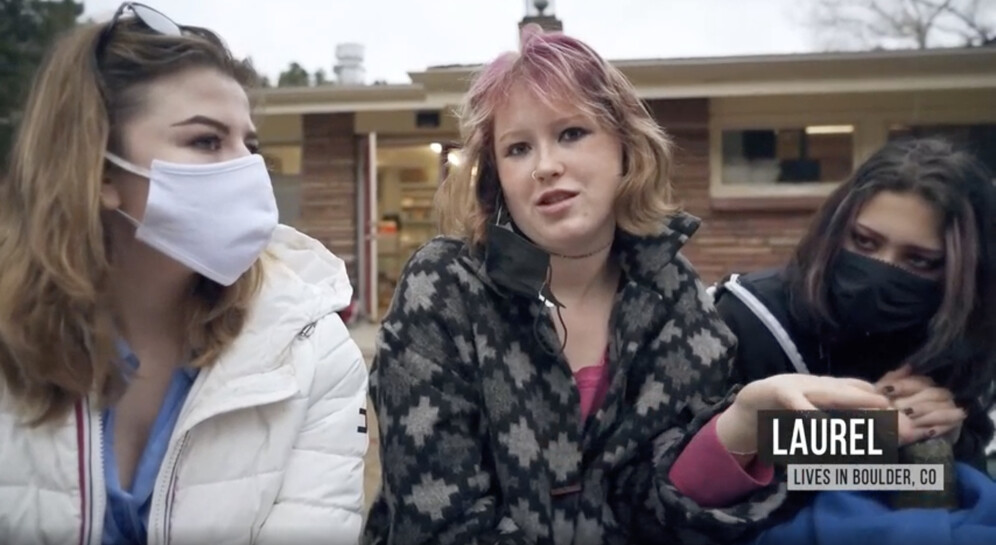
“Much more than when you’re an adult. It’s why if you’re a child and you learn a second language, you actually learn it easier than if you’re an adult. Your brain is a sponge. It’s taking everything in. The flipside of that is the issue of addiction. So, any drug that comes into contact… you come into contact with, affects your brain, is one that has the ability to stay with you for a very long time. And for marijuana, it’s certainly the case because it affects the parts of the brain that are responsible for all kinds of things including learning, concentration, coordination, motor skills, those kinds of things.”
Statistical data substantiates the concerns concerning the adverse effects marijuana has on the young.

Marijuana is the most common drug found in the toxicology of teenagers who have committed suicide. Between 2014 and 2018, the proportion of suicides under the influence of marijuana has increased from 14 to 23%. Of teenagers aged 15-19 who committed suicide in 2018, 37% tested positive for marijuana (of the two thirds whose toxicology information was available). The trend appears to be exacerbated by the growing potency of the drug, which causes irreversible damage to teenagers’ health.
“This is not the same marijuana”
A study by the National Institute of Drug Abuse reveals the potency of regular leaf marijuana sold in the US has increased from an average of 6% of THC (the psychoactive component) in 2008 to over 16% today. In addition, some new forms of marijuana products released on the recreational market now have a potency that exceeds 60% of THC. The increased THC concentration is associated with increased risks of cannabis use disorder (CDU) and psychotic incidents.
“This is not the same marijuana. When I was a kid, very low percentage of THC, now, it’s over 90% with the shutters, waxes and dabs that they’re using, it’s very toxic, it’s… Very dangerous,” says Johny’s mother.
The data has broadened the debate far beyond the state borders of Colorado, with the Medical Society of the State of New York voicing its concerns in an official statement.
